Table of Contents
Introduction
Chapter 1 Computer Network Fundamentals
Foundation Topics
Defining a Network
The Purpose of Networks
Overview of Network Components
Networks Defined by Geography
LAN
WAN
Other Categories of Networks
CAN
MAN
PAN
Networks Defined by Topology
Physical Versus Logical Topology
Bus Topology
Ring Topology
Star Topology
Hub-and-Spoke Topology
Full-Mesh Topology
Partial-Mesh Topology
Networks Defined by Resource Location
Client/Server Networks
Peer-to-Peer Networks
Real-World Case Study
Summary
Exam Preparation Tasks
Review Questions
Chapter 2 The OSI Reference Model
Foundation Topics
The Purpose of Reference Models
The OSI Model
Layer 1: The Physical Layer
Layer 2: The Data Link Layer
Media Access Control
Logical Link Control
Layer 3: The Network Layer
Layer 4: The Transport Layer
Layer 5: The Session Layer
Layer 6: The Presentation Layer
Layer 7: The Application Layer
The TCP/IP Stack
Layers of the TCP/IP Stack
Common Application Protocols in the TCP/IP Stack
Real-World Case Study
Summary
Exam Preparation Tasks
Review Questions
Chapter 3 Network Components
Foundation Topics
Media
Coaxial Cable
Twisted-Pair Cable
Shielded Twisted Pair
Unshielded Twisted Pair
Plenum Versus Nonplenum Cable
Fiber-Optic Cable
Multimode Fiber
Single-Mode Fiber
Fiber Connector Polishing Styles
Media Converters
Cable Distribution
Wireless Technologies
Network Infrastructure Devices
Hubs
Bridges
Switches
Multilayer Switches
Routers
Infrastructure Device Summary
Specialized Network Devices
VPN Concentrators
Firewalls
DNS Servers
DHCP Servers
Proxy Servers
Content Engines
Content Switches
Virtual Network Devices
Virtual Servers
Virtual Routers and Firewalls
Virtual Switches
Virtual Desktops
Other Virtualization Solutions
Cloud Computing
Software-Defined Networking
Voice over IP Protocols and Components
Real-World Case Study
Summary
Exam Preparation Tasks
Review Questions
Chapter 4 Ethernet Technology
Foundation Topics
Principles of Ethernet
Ethernet Origins
Carrier Sense Multiple Access Collision Detect
Distance and Speed Limitations
Ethernet Switch Features
Virtual LANs
Switch Configuration for an Access Port
Trunks
Switch Configuration for a Trunk Port
Spanning Tree Protocol
Corruption of a Switch’s MAC Address Table
Broadcast Storms
STP Operation
Link Aggregation
LACP Configuration
Power over Ethernet
Port Monitoring
Port Mirroring Configuration
User Authentication
Management Access and Authentication
First-Hop Redundancy
Other Switch Features
Real-World Case Study
Summary
Exam Preparation Tasks
Review Questions
Chapter 5 IPv4 and IPv6 Addresses
Foundation Topics
Binary Numbering
Principles of Binary Numbering
Converting a Binary Number to a Decimal Number
Converting a Decimal Number to a Binary Number
Binary Numbering Practice
Binary Conversion Exercise 1
Binary Conversion Exercise 1: Solution
Binary Conversion Exercise 2
Binary Conversion Exercise 2: Solution
Binary Conversion Exercise 3
Binary Conversion Exercise 3: Solution
Binary Conversion Exercise 4
Binary Conversion Exercise 4: Solution
IPv4 Addressing
IPv4 Address Structure
Classes of Addresses
Types of Addresses
Unicast
Broadcast
Multicast
Assigning IPv4 Addresses
IP Addressing Components
Static Configuration
Dynamic Configuration
BOOTP
DHCP
Automatic Private IP Addressing
Subnetting
Purpose of Subnetting
Subnet Mask Notation
Subnet Notation: Practice Exercise 1
Subnet Notation: Practice Exercise 1 Solution
Subnet Notation: Practice Exercise 2
Subnet Notation: Practice Exercise 2 Solution
Extending a Classful Mask
Borrowed Bits
Calculating the Number of Created Subnets
Calculating the Number of Available Hosts
Basic Subnetting Practice: Exercise 1
Basic Subnetting Practice: Exercise 1 Solution
Basic Subnetting Practice: Exercise 2
Basic Subnetting Practice: Exercise 2 Solution
Calculating New IP Address Ranges
Advanced Subnetting Practice: Exercise 1
Advanced Subnetting Practice: Exercise 1 Solution
Advanced Subnetting Practice: Exercise 2
Advanced Subnetting Practice: Exercise 2 Solution
Additional Practice
Classless Interdomain Routing
IP Version 6
Need for IPv6
IPv6 Address Structure
IPv6 Address Types
IPv6 Data Flows
Unicast
Multicast
Anycast
Real-World Case Study
Summary
Exam Preparation Tasks
Review Questions
Chapter 6 Routing IP Packets
Foundation Topics
Basic Routing Processes
Sources of Routing Information
Directly Connected Routes
Static Routes
Dynamic Routing Protocols
Routing Protocol Characteristics
Believability of a Route
Metrics
Interior Versus Exterior Gateway Protocols
Route Advertisement Method
Distance Vector
Link State
Routing Protocol Examples
Address Translation
NAT
PAT
Multicast Routing
IGMP
PIM
PIM-DM
PIM-SM
Real-World Case Study
Summary
Exam Preparation Tasks
Review Questions
Chapter 7 Wide-Area Networks
Foundation Topics
WAN Properties
WAN Connection Types
WAN Data Rates
WAN Media Types
Physical Media
Wireless Media
WAN Technologies
Dedicated Leased Line
T1
E1
T3
E3
CSU/DSU
Metro Ethernet
Point-to-Point Protocol
Point-to-Point Protocol over Ethernet
Microsoft RRAS
Digital Subscriber Line
Cable Modem
Synchronous Optical Network
Satellite
Plain Old Telephone Service
Integrated Services Digital Network
Frame Relay
Asynchronous Transfer Mode
Multiprotocol Label Switching
Overlay Networks
Real-World Case Study
Summary
Exam Preparation Tasks
Review Questions
Chapter 8 Wireless LANs
Foundation Topics
Introducing Wireless LANs
WLAN Concepts and Components
Wireless Routers
Wireless Access Point
Antennas
Frequencies and Channels
CSMA/CA
Transmission Methods
WLAN Standards
802.11a
802.11b
802.11g
802.11n
802.11ac
802.11x Standard Summary
Deploying Wireless LANs
Types of WLANs
IBSS
BSS
ESS
Mesh Topology
Sources of Interference
Wireless AP Placement
Securing Wireless LANs
Security Issues
Approaches to WLAN Security
Security Standards
WEP
WPA
WPA2
Additional Wireless Options
Real-World Case Study
Summary
Exam Preparation Tasks
Review Questions
Chapter 9 Network Optimization
Foundation Topics
High Availability
High-Availability Measurement
Fault-Tolerant Network Design
Hardware Redundancy
Layer 3 Redundancy
Design Considerations for High-Availability Networks
High-Availability Best Practices
Content Caching
Load Balancing
QoS Technologies
Introduction to QoS
QoS Configuration Steps
QoS Components
QoS Mechanisms
Classification
Marking
Congestion Management
Congestion Avoidance
Policing and Shaping
Link Efficiency
Case Study: SOHO Network Design
Case Study Scenario
Suggested Solution
IP Addressing
Layer 1 Media
Layer 2 Devices
Layer 3 Devices
Wireless Design
Environmental Factors
Cost Savings Versus Performance
Topology
Real-World Case Study
Summary
Exam Preparation Tasks
Review Questions
Chapter 10 Command-Line Tools
Foundation Topics
Windows Commands
arp
ipconfig
nbtstat
netstat
nslookup
ping
ping with IPv6
route
tracert
tracert with IPv6
PathPing
UNIX Commands
arp
dig and nslookup
host
ifconfig
traceroute
traceroute for IPv6
netstat
ping
Real-World Case Study
Summary
Exam Preparation Tasks
Review Questions
Chapter 11 Network Management
Foundation Topics
Maintenance Tools
Bit-Error Rate Tester
Butt Set
Cable Certifier
Cable Tester
Connectivity Software
Crimper
Electrostatic Discharge Wrist Strap
Environmental Monitor
Loopback Plug
Multimeter
Protocol Analyzer
WiFi Analyzer
Looking-Glass Sites
Speed Test Sites
Punch-Down Tool
Throughput Tester
Time Domain Reflectometer/Optical Time Domain Reflectometer
Toner Probe
Configuration Management
Monitoring Resources and Reports
SNMP
Syslog
Logs
Application Logs
Security Logs
System Logs
Real-World Case Study
Summary
Exam Preparation Tasks
Review Questions
Chapter 12 Network Security
Foundation Topics
Security Fundamentals
Network Security Goals
Confidentiality
Symmetric Encryption
Asymmetric Encryption
Integrity
Availability
Categories of Network Attacks
Confidentiality Attacks
Integrity Attacks
Availability Attacks
Denial of Service
Distributed Denial of Service
TCP SYN Flood
Buffer Overflow
ICMP Attacks
Electrical Disturbances
Attacks on a System’s Physical Environment
Physical Controls
Defending Against Attacks
User Training
Patching
Security Policies
Governing Policy
Technical Policies
End-User Policies
More Detailed Documents
Incident Response
Vulnerability Scanners
Nessus
Nmap
Honey Pots and Honey Nets
Access Control Lists
Remote-Access Security
Firewalls
Firewall Types
Firewall Inspection Types
Packet-Filtering Firewall
Stateful Firewall
Firewall Zones
Unified Threat Management Firewalls
Virtual Private Networks
Overview of IPsec with IKEv1
IKE Modes and Phases
Authentication Header and Encapsulating Security Payload
The Five Steps in Setting Up and Tearing Down an IPsec Site-to-Site VPN Using IKEv1
Other VPN Technologies
Intrusion Detection and Prevention
IDS Versus IPS
IDS and IPS Device Categories
Detection Methods
Signature-Based Detection
Policy-Based Detection
Anomaly-Based Detection
Deploying Network-Based and Host-Based Solutions
Real-World Case Study
Summary
Exam Preparation Tasks
Review Questions
Chapter 13 Network Troubleshooting
Foundation Topics
Troubleshooting Basics
Troubleshooting Fundamentals
Structured Troubleshooting Methodology
Physical Layer Troubleshooting
Physical Layer Troubleshooting: Scenario
Physical Layer Troubleshooting: Solution
Data Link Layer Troubleshooting
Data Link Layer Troubleshooting: Scenario
Data Link Layer Troubleshooting: Solution
Network Layer Troubleshooting
Layer 3 Data Structures
Common Layer 3 Troubleshooting Issues
Network Layer Troubleshooting: Scenario
Network Layer Troubleshooting: Solution
Wireless Troubleshooting
Wireless Network Troubleshooting: Scenario
Wireless Network Troubleshooting: Solution
Specialized Networks
Real-World Case Study
Summary
Exam Preparation Tasks
Review Questions
Chapter 14 Final Preparation
Tools for Final Preparation
Pearson Cert Practice Test Engine and Questions on the DVD
Install the Software from the DVD
Activate and Download the Practice Exam
Activating Other Exams
Premium Edition
Video Training on DVD
Memory Tables
Simulations and Performance-Based Exercises
End-of-Chapter Review Tools
Suggested Plan for Final Review and Study
Strategies for Taking the Exam
Summary
APPENDIX A: Answers to Review Questions
APPENDIX B: Network+ N10-006 Exam Updates
APPENDIX C: Exam Essentials
Glossary
Index
A
B
C
D
E
F
G
H
I
J
K
L
M
N
O
P
Q
R
S
T
U
V
W
X
Y
Z
ON THE DVD
APPENDIX D: Memory Tables
APPENDIX E: Memory Table Answer Key
APPENDIX F: Study Planner
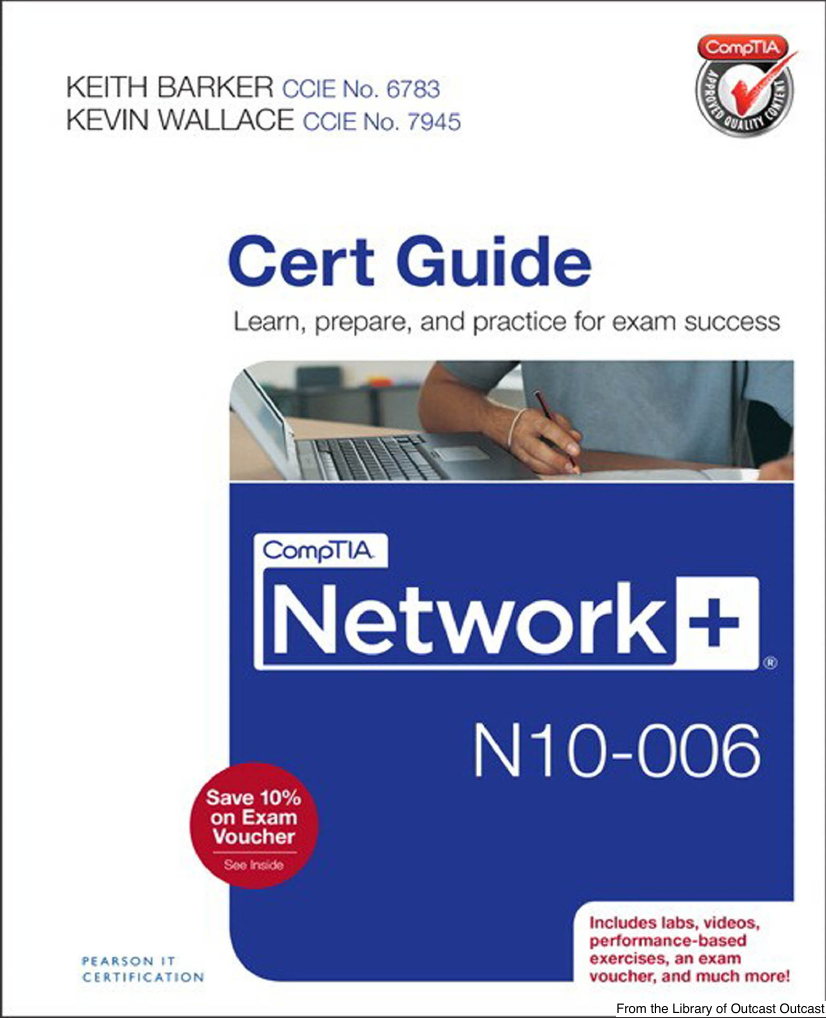
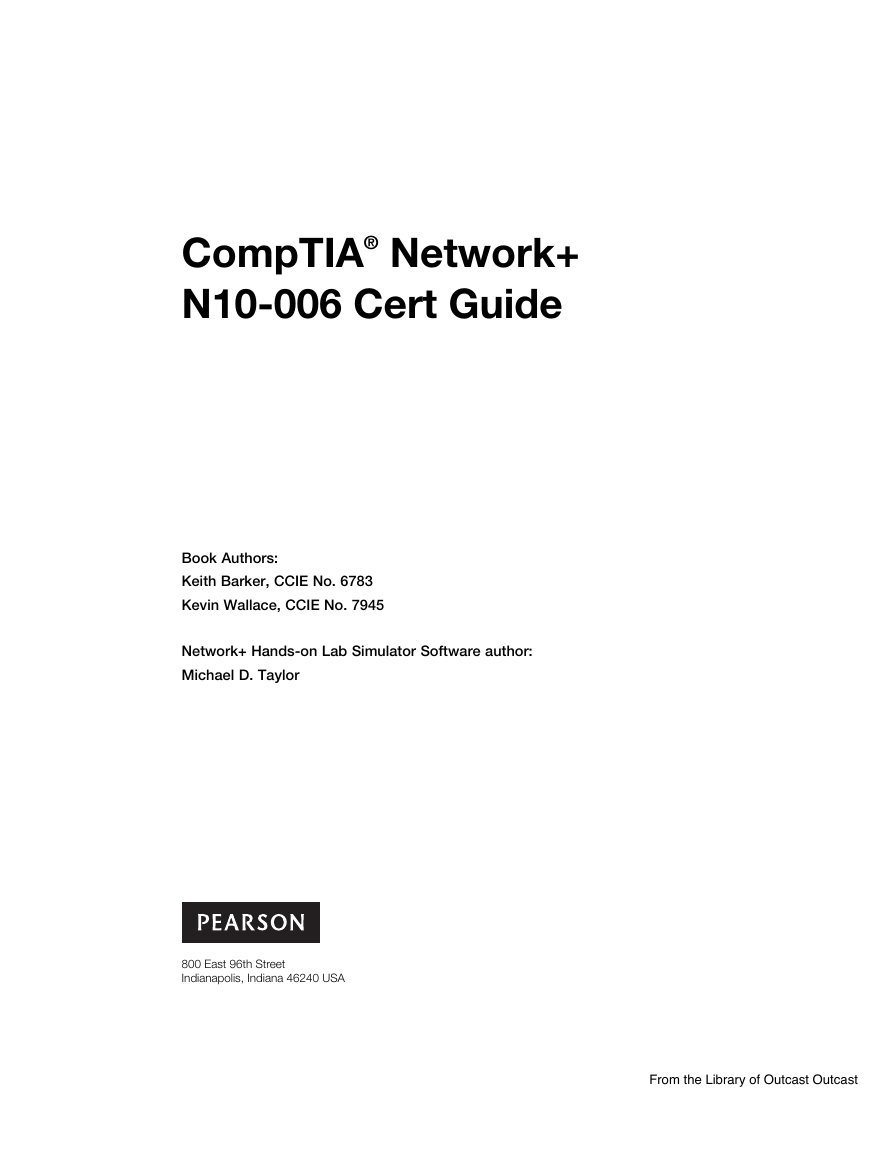
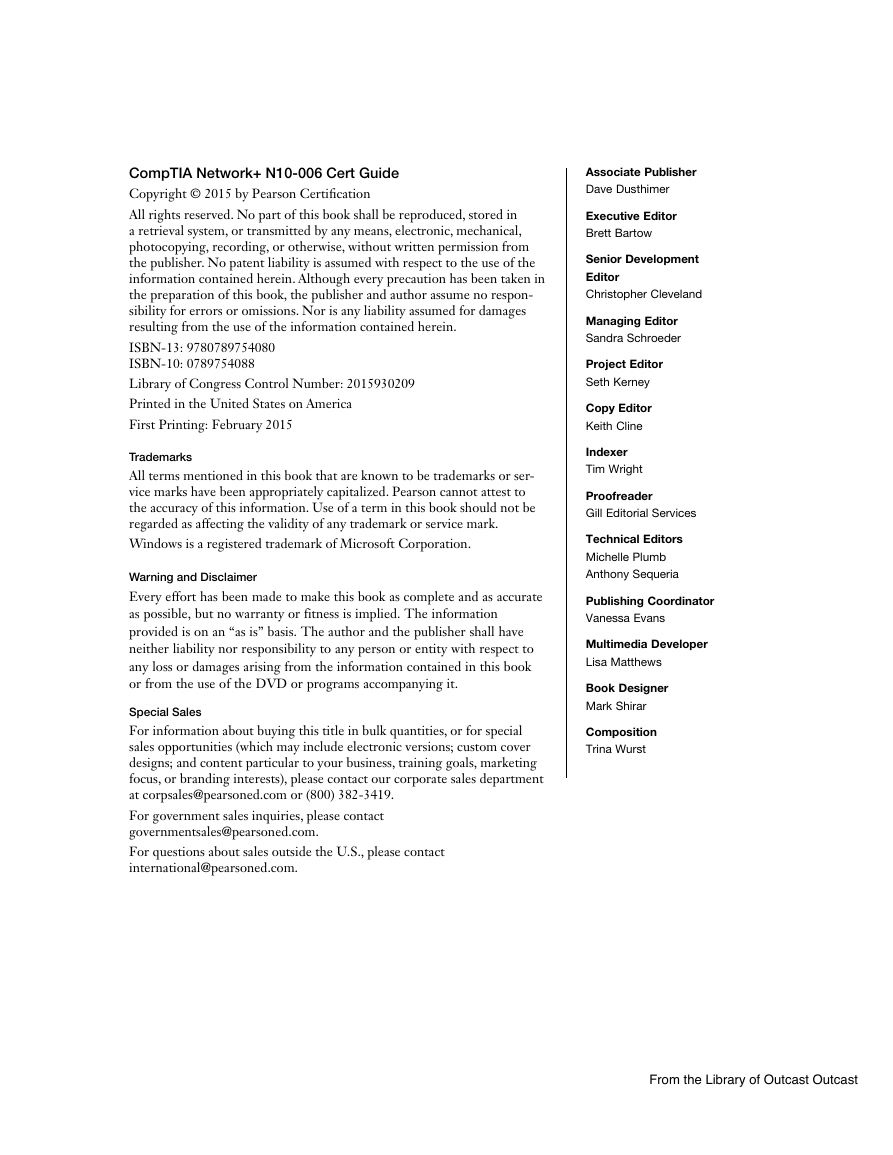
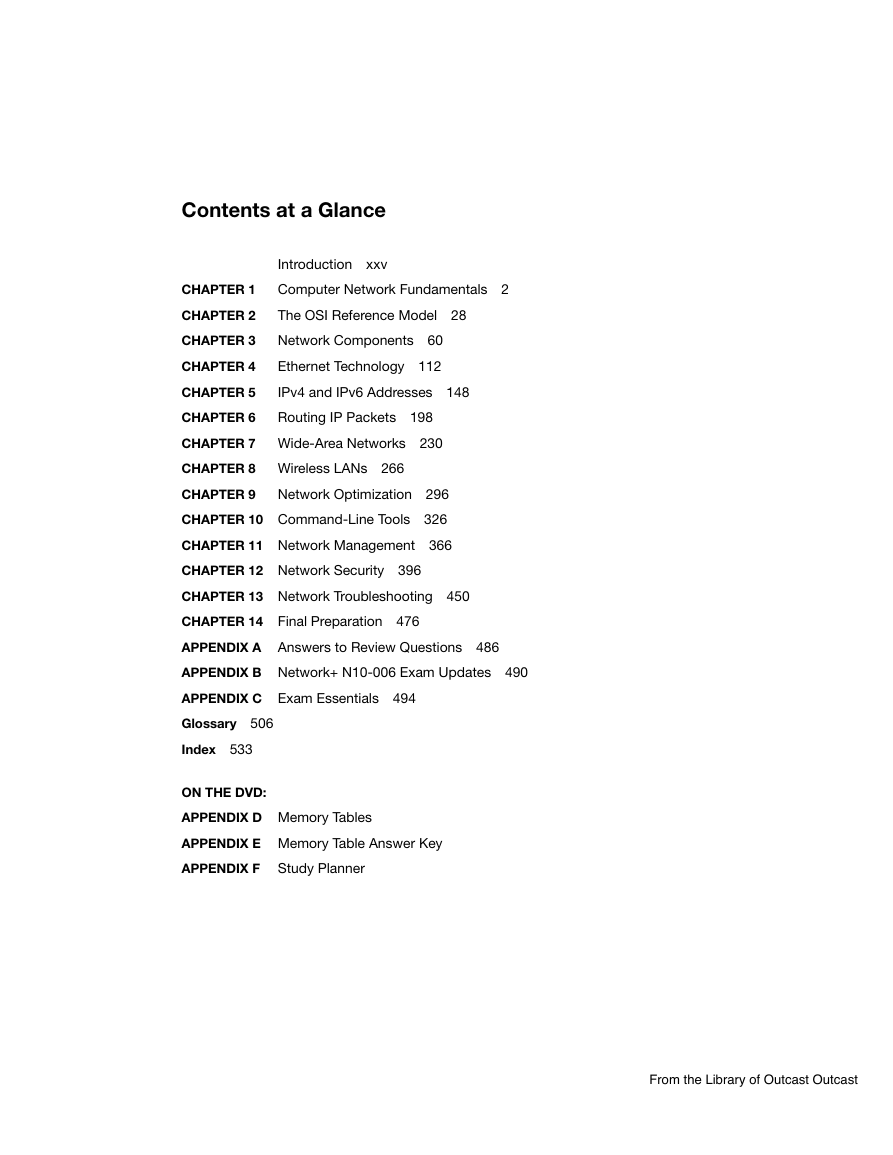
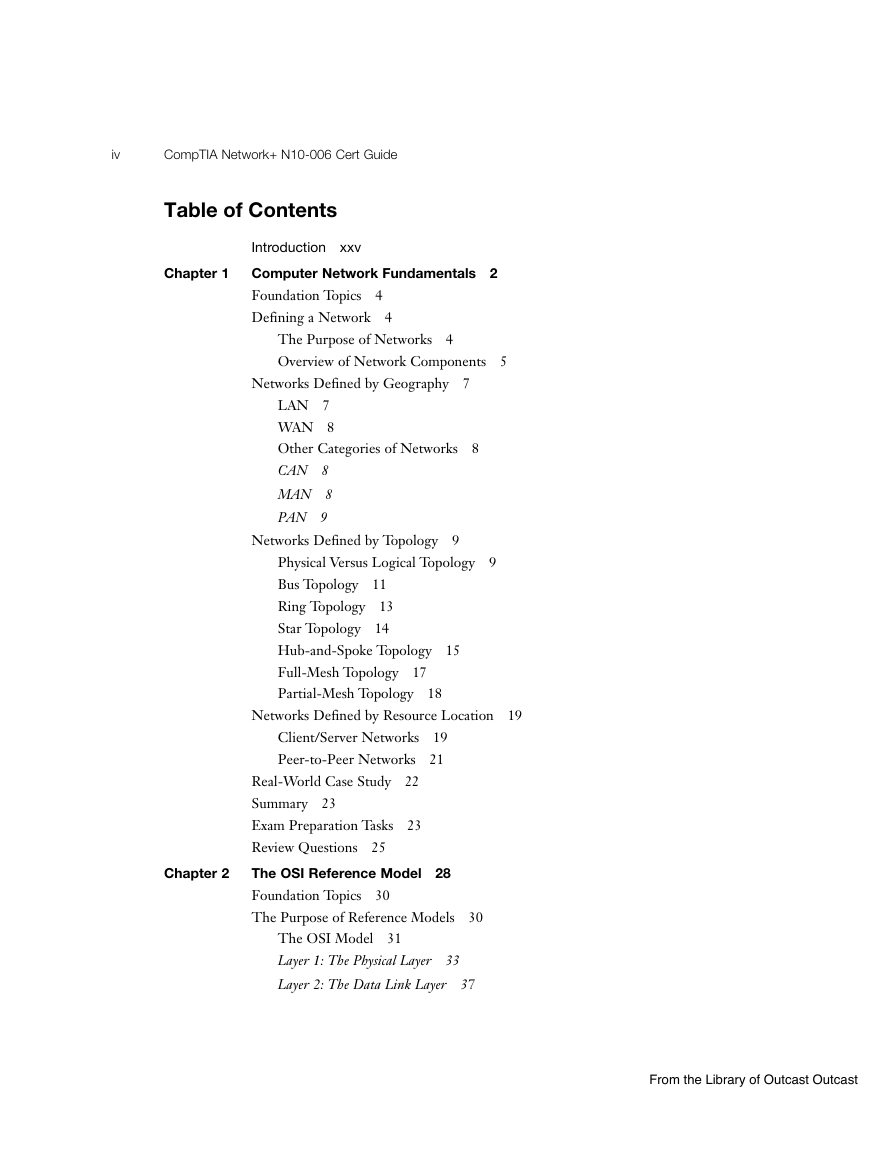
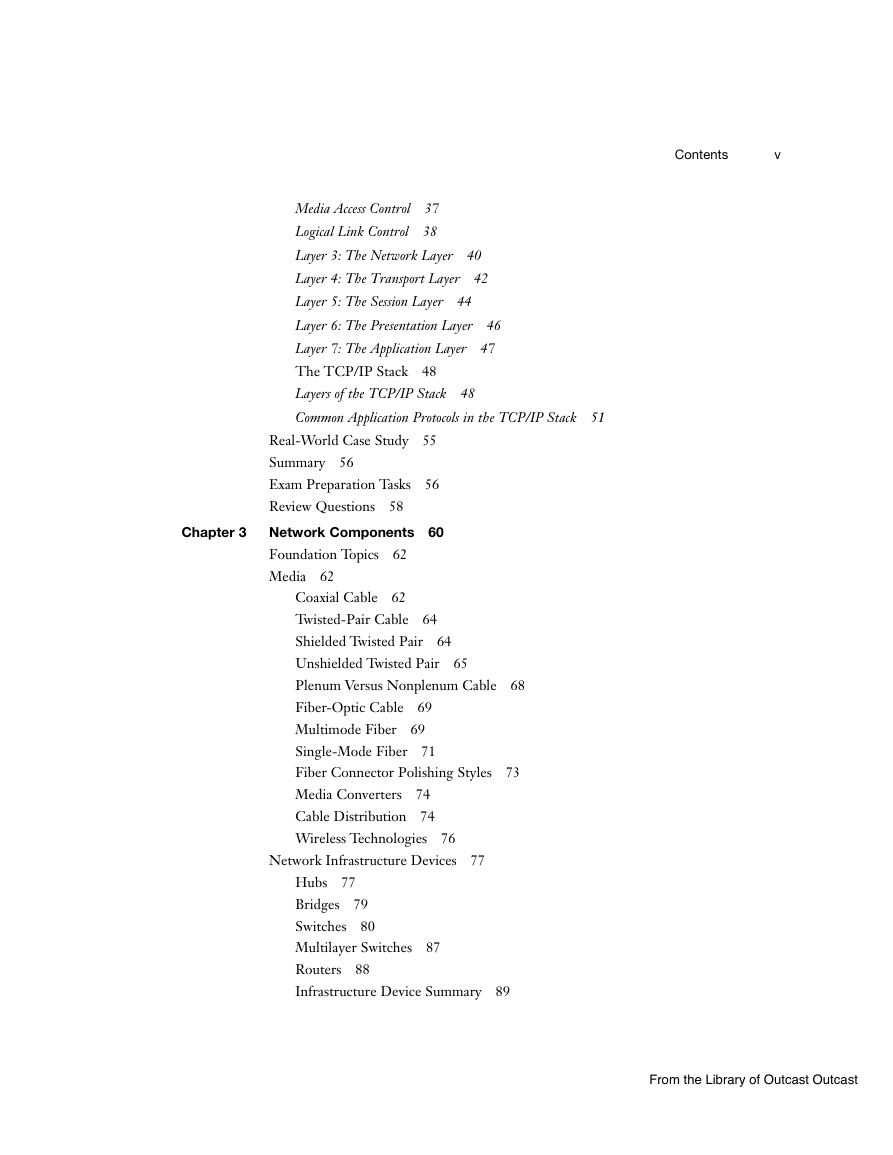
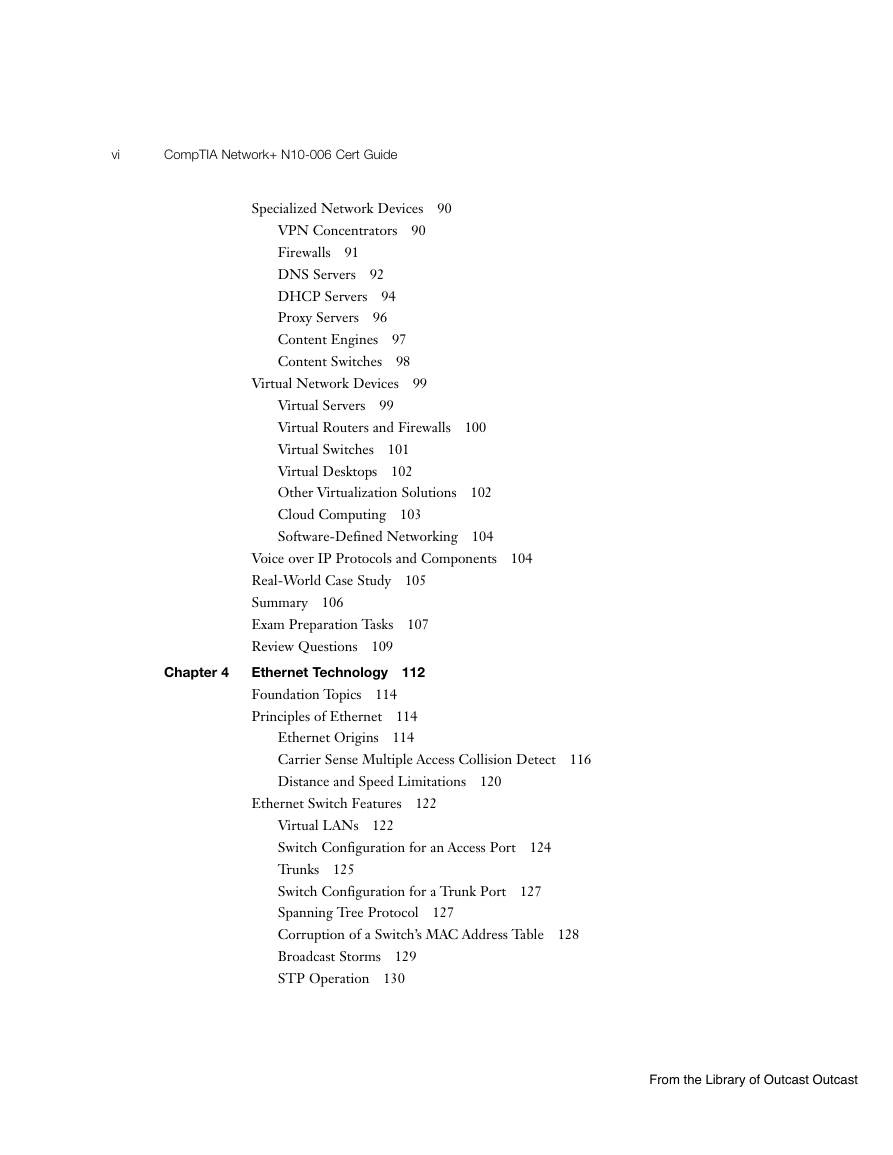
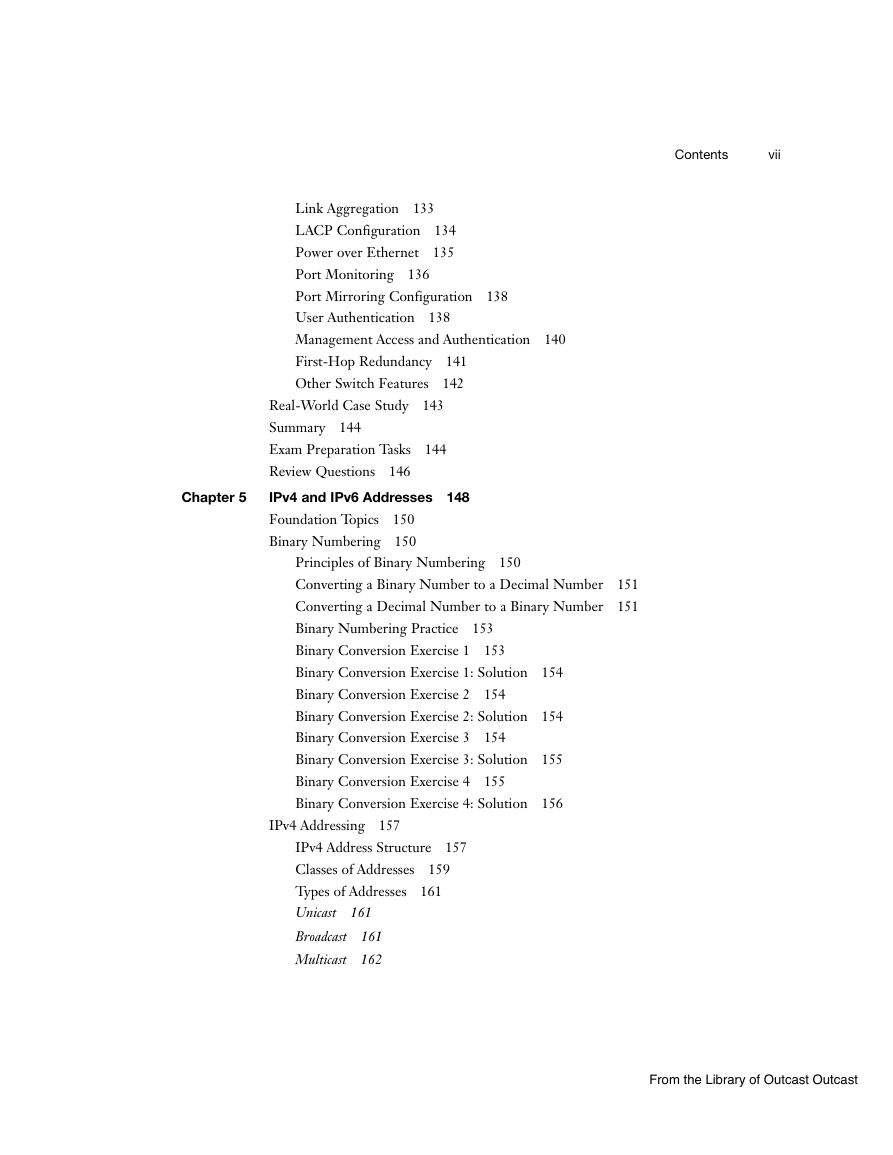








 2023年江西萍乡中考道德与法治真题及答案.doc
2023年江西萍乡中考道德与法治真题及答案.doc 2012年重庆南川中考生物真题及答案.doc
2012年重庆南川中考生物真题及答案.doc 2013年江西师范大学地理学综合及文艺理论基础考研真题.doc
2013年江西师范大学地理学综合及文艺理论基础考研真题.doc 2020年四川甘孜小升初语文真题及答案I卷.doc
2020年四川甘孜小升初语文真题及答案I卷.doc 2020年注册岩土工程师专业基础考试真题及答案.doc
2020年注册岩土工程师专业基础考试真题及答案.doc 2023-2024学年福建省厦门市九年级上学期数学月考试题及答案.doc
2023-2024学年福建省厦门市九年级上学期数学月考试题及答案.doc 2021-2022学年辽宁省沈阳市大东区九年级上学期语文期末试题及答案.doc
2021-2022学年辽宁省沈阳市大东区九年级上学期语文期末试题及答案.doc 2022-2023学年北京东城区初三第一学期物理期末试卷及答案.doc
2022-2023学年北京东城区初三第一学期物理期末试卷及答案.doc 2018上半年江西教师资格初中地理学科知识与教学能力真题及答案.doc
2018上半年江西教师资格初中地理学科知识与教学能力真题及答案.doc 2012年河北国家公务员申论考试真题及答案-省级.doc
2012年河北国家公务员申论考试真题及答案-省级.doc 2020-2021学年江苏省扬州市江都区邵樊片九年级上学期数学第一次质量检测试题及答案.doc
2020-2021学年江苏省扬州市江都区邵樊片九年级上学期数学第一次质量检测试题及答案.doc 2022下半年黑龙江教师资格证中学综合素质真题及答案.doc
2022下半年黑龙江教师资格证中学综合素质真题及答案.doc